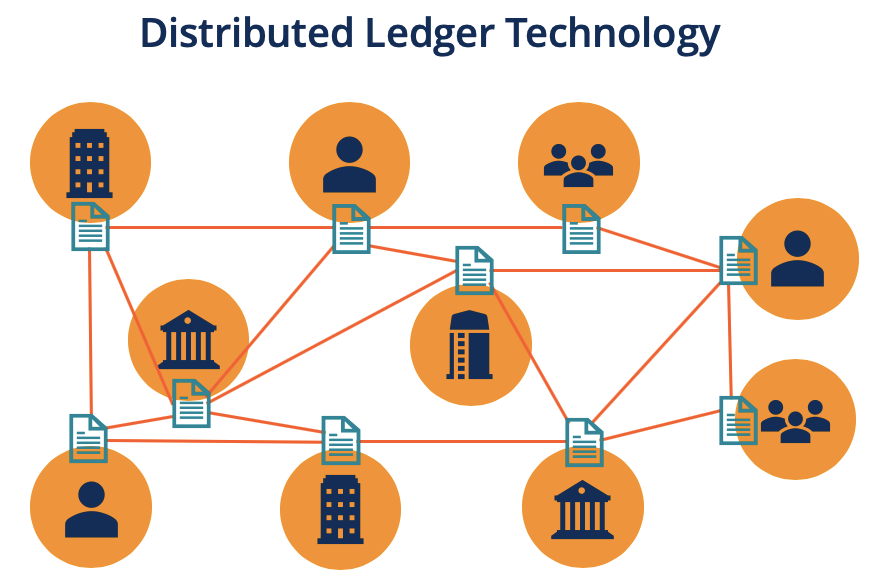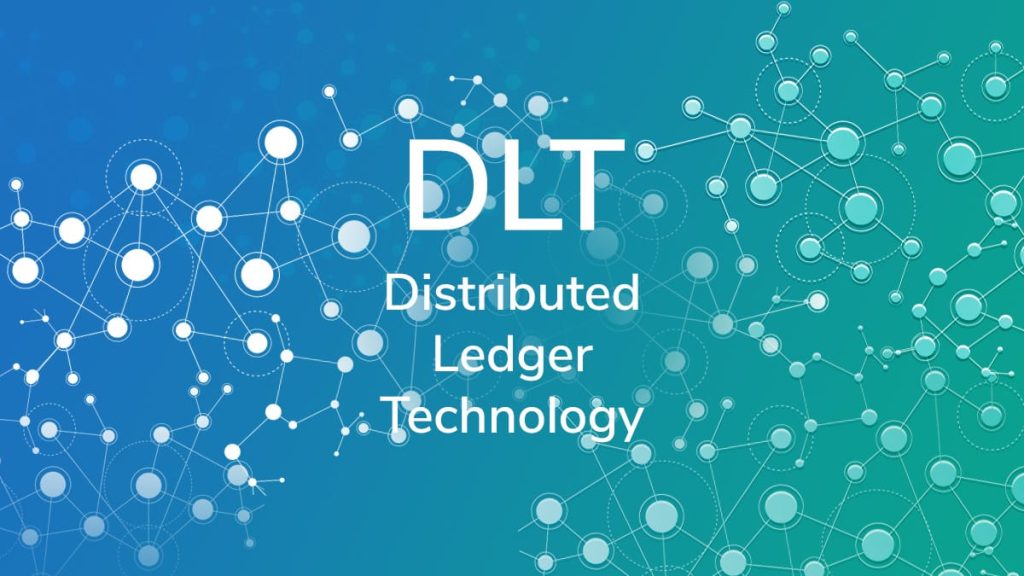Distributed ledger technology (DLT) has been gaining traction in recent years as a secure and efficient way to store and manage data. It has become increasingly popular in various industries, most notably in the financial and healthcare sectors, due to its ability to provide a decentralized and transparent system for storing and sharing information.
In this article, we will delve into the concept of distributed ledger technology, its history, how it works, and its common applications. We will also explore several real-world use cases that showcase the potential of DLT in revolutionizing traditional systems.
History of DLT
The idea of a distributed ledger technology dates back to the early 1990s, when computer scientists and researchers began exploring ways to enable multiple computers in different locations to work together to solve problems. This eventually led to the development of distributed databases, which allowed for storage and retrieval of information across a network of computers.
With the advancement of data science, computing technologies, and other software and hardware innovations, the capabilities of DLT have grown significantly. Initially, there was a need to verify any changes made to databases, which led to the creation of programs using automated technology and encryption. Over time, these programs evolved into scalable and programmable platforms such as Ethereum and Hyperledger Fabric.
Today, DLT has become an integral part of many industries, enabling businesses to streamline processes, reduce costs, and enhance security. It has also facilitated the growth of asset tokenization, allowing for the digitization of assets and creating new opportunities for investment and trading.

The concept of a distributed ledger technology
How Does Distributed Ledger Technology Works?
At its core, distributed ledger technology involves the storage of information on a network of servers or nodes. This network is decentralized, meaning there is no central authority controlling the data. Instead, each node holds a copy of the ledger, ensuring that information is available to all parties involved in the network.
DLT uses cryptography and protocols for security and authentication, making it highly resilient to hacking attempts. Each device in the network holds a copy of the ledger, and any changes made to the ledger are recorded and updated across all nodes, ensuring data integrity.
The use of encryption and distributed storage makes DLT highly secure, as even if one node is compromised, the data on other nodes remains safe. This also ensures that there is no single point of failure, making it a robust solution for storing sensitive information.

DLT employs cryptography and protocols to ensure security and authentication, thereby enhancing its robustness against hacking attempts
Use Cases of Distributed Ledger Technology
Blockchain Technology
Blockchain technology is perhaps the most well-known application of DLT, and it has been gaining popularity in recent years due to its use in cryptocurrencies such as Bitcoin. Blockchain is essentially a type of distributed ledger that allows for the secure and transparent recording of transactions on a network.
In a blockchain, each transaction is recorded as a block, which is then linked to the previous blocks, creating a chain of data. The decentralized nature of blockchain makes it highly resistant to tampering, ensuring that the information on the network remains valid and accurate.
Healthcare Data Management
DLT has found tremendous potential in the healthcare industry, where it can be used to store and manage sensitive patient data securely. With DLT, medical records can be stored and accessed by authorized parties in a decentralized manner, eliminating the need for a central authority to manage the data.
This not only improves the efficiency of healthcare data management but also enhances the privacy and security of patient information, preventing unauthorized access or tampering.
Supply Chain Management
Another area where DLT has shown great promise is supply chain management. By using distributed ledgers technology, organizations can track and trace products at every step of the supply chain, ensuring transparency and accuracy in the process. This helps with fraud prevention, counterfeit detection, and inventory management, making the supply chain more efficient and reliable.
Digital Identity Verification
DLT can also be used for digital identity verification, where personal information is stored on a distributed ledger and can only be accessed by authorized parties. This eliminates the need for traditional identification systems, which can be prone to fraud and hacking attempts.
With DLT, individuals have more control over their personal data, as they can choose who has access to it and for what purpose. This has the potential to revolutionize industries such as banking, insurance, and government services, where secure identity verification is crucial.

Smart Contracts
Smart contracts are self-executing contracts that are built on top of a distributed ledger platform. They allow for the automation of contractual agreements, eliminating the need for intermediaries and reducing the possibility of human error or tampering.
Smart contracts have numerous applications in various industries, including insurance, real estate, and supply chain management. They can streamline processes, reduce costs, and increase transparency, making them an attractive solution for businesses looking to improve efficiency.
Digital Asset Management
DLT has also made a significant impact in the world of finance and investment, enabling the digitization of assets. With traditional assets, ownership is often tied to physical documents, making it cumbersome to transfer or trade these assets. DLT allows for the tokenization of assets, creating digital representations of physical assets that can be traded on a distributed ledger platform.
This opens up new opportunities for investors, as assets that were previously illiquid can now be easily bought and sold on a global scale. It also reduces the complexity and cost associated with traditional asset management, making it more accessible to a wider range of investors.
Conclusion
In conclusion, distributed ledger technology is a decentralized and secure system for storing and managing data. Its ability to facilitate simultaneous access, verification, and updating of records on a networked database makes it a popular solution in industries requiring high levels of security and reliability.
DLT has evolved significantly since its inception in the 1990s, and it continues to revolutionize traditional systems and processes in various industries. As technology advances and more use cases are discovered, we can expect to see an even greater impact of distributed ledger technology in the future.

